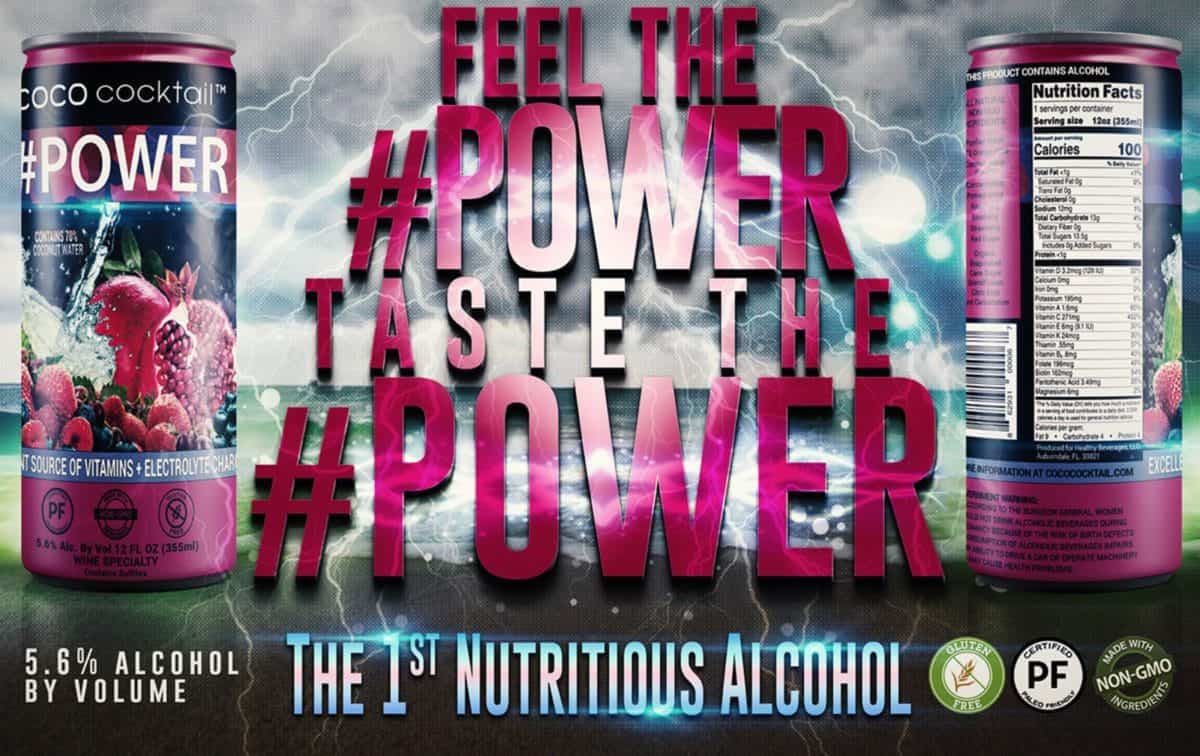Germany Takes Second Lead in Superfood Market Launches
Consumers all over the world are fueling the growth of superfoods. In new market research released by global agency Mintel, Germany has overtaken Australia and UK regarding the superfood market launches. In the Global New Products Database published by Mintel, it revealed that 9% of new superfood launches in 2017 occurred in Germany.
The UK’s market launches dropped from 9% to 7% from June 2016 until the end of the year. Australia has fallen in third place with only 5% launches since June 2016. While Germany’s love of superfoods has grown, the United States still tops the list. But recent statistics show that the superfood launches in the US fell to 19% this year. This is a far cry lower from last year’s, 25%.
Why Is Germany Shifting to More Superfoods?
According to Katya Witham, senior analyst for Germany at Mintel, noted that the country is moving up in its ranks due to the growing demand of superfoods from consumers. The country is experiencing an increasing number of consumers who are interested in health and wellness.
So, what pushed Germany to have this huge embrace for superfood? The growing aging population and rise of health-related problems have driven the demand for the consumption of healthy superfoods. The country is experiencing health issues like heart disease and obesity. As a result, it is also increasing the health-care costs in the country.
Initially, superfood launches in Germany included a simple line of products from quinoa, chia, and amaranth. Recently, there is a growing demand of lesser-known superfoods, and this has led food manufacturers to harness the whole food goodness of other superfood ingredients to boost the quality of their food products.
The Launch of Supergrains
Specifically, Germans are interested in ancient grains such as millet and spelt. In fact, 30% of German adults aged between 25 and 34 want to consume baked goods that are made from these grains. Also called super grains, spelt and millet appeal to the German market because they are deemed healthier than other grains. These ancient grains have a special place in the German kitchen as people have been using them in a variety of home-baked products over the years.
Today, German food manufacturers have incorporated the supergrains in products like breakfast cereals, energy bars, and snacks to boost the nutritional value of their products. Supergrains contain high amounts of fiber, omega-3 fatty acids, protein, and antioxidants.
The Future of German Superfoods
The agency also forecasted a stable future for superfoods in Germany. In fact, retail sales of superfoods have amounted to €3.2 billion since 2016. The rising consumption of super grains and other healthy foods will result in a growth of 20% within the next five years.
Inspired by www.mintel.com





